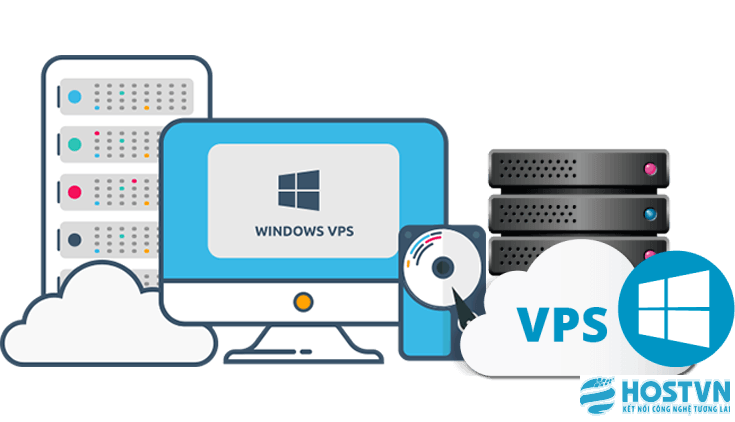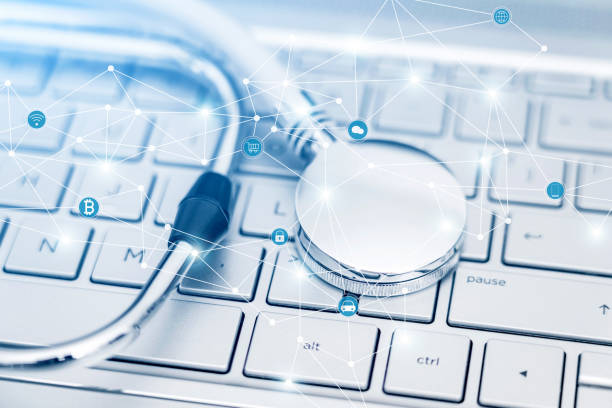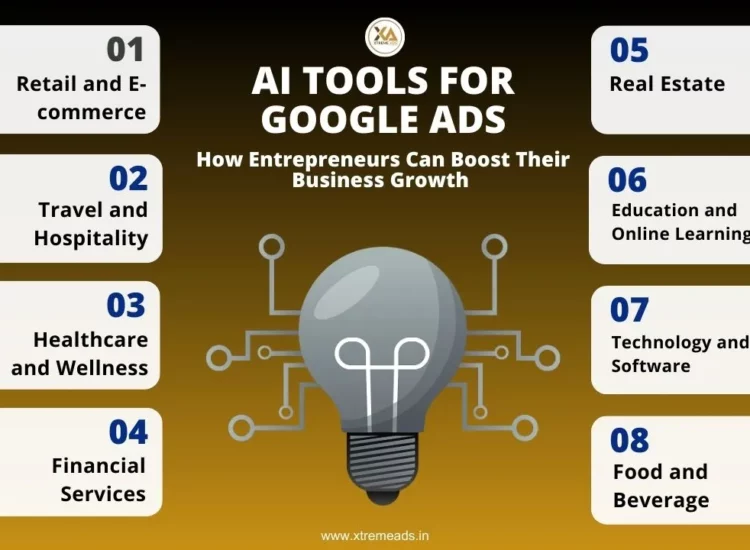Telemedicine, the delivery of healthcare services remotely using telecommunications technology, has rapidly evolved from a niche concept to a mainstream solution. Driven by advancements in technology and an increasing demand for accessible and convenient healthcare, telemedicine is undergoing a significant transformation. This article will delve into the key telemedicine technology trends that are shaping the future of healthcare delivery, impacting patients, providers, and the entire healthcare ecosystem.
Toc
- 1. The Rise of Telemedicine: A Historical Overview and Current Landscape
- 2. Key Telemedicine Technology Trends Shaping the Future of Healthcare
- 2.1. Advancements in Video Conferencing and Communication Platforms
- 2.2. The Integration of Artificial Intelligence (AI)
- 2.3. The Role of the Internet of Medical Things (IoMT)
- 2.4. The Expansion of Mobile Health (mHealth) Applications
- 2.5. The Growing Importance of Cloud-Based Solutions
- 2.6. The Development of Remote Patient Monitoring (RPM) Technologies
- 3. Related articles 01:
- 4. Benefits of Embracing Telemedicine Technology Trends
- 5. Challenges and Considerations for Telemedicine Technology Adoption
- 6. Real-World Applications and Future Outlook of Telemedicine Technology (Expanded Section)
- 7. Related articles 02:
- 8. Telemedicine Technology Trends – Shaping the Future of Healthcare
The Rise of Telemedicine: A Historical Overview and Current Landscape

While the concept of remote healthcare has existed in various forms for decades, the recent surge in telemedicine adoption has been fueled by technological advancements and global events. From early telephone consultations to today’s sophisticated virtual care platforms, telemedicine has come a long way. The current landscape is characterized by widespread acceptance, increasing investment, and a growing recognition of its potential to improve healthcare access, affordability, and quality.
A Brief Historical Perspective of Telemedicine
Early forms of telemedicine involved using the telephone and radio to provide medical advice over distances. As technology advanced, so did the capabilities of telemedicine, with the introduction of video conferencing and the internet paving the way for more interactive and comprehensive virtual consultations.
The Current State of Telemedicine Adoption
The past few years have witnessed an unprecedented acceleration in telemedicine adoption, driven in part by the need for remote care solutions. Today, telemedicine encompasses a wide range of services, including virtual doctor visits, remote monitoring of chronic conditions, mental health counseling, and specialist consultations, all delivered through digital platforms.
Key Telemedicine Technology Trends Shaping the Future of Healthcare

Several key telemedicine technology trends are driving innovation and transforming the way healthcare is delivered. These trends are leveraging cutting-edge technologies to create more effective, efficient, and patient-centered virtual care experiences.
Advancements in Video Conferencing and Communication Platforms
High-quality video conferencing and secure communication platforms are the backbone of modern telemedicine. Trends in this area include enhanced video resolution, improved audio quality, seamless integration with other healthcare systems, and features like secure messaging, file sharing, and virtual waiting rooms. These advancements aim to replicate the in-person consultation experience as closely as possible, fostering better communication and trust between patients and providers.
The Integration of Artificial Intelligence (AI)
Artificial intelligence (AI) is poised to revolutionize telemedicine in numerous ways. AI in telemedicine applications include virtual health assistants that can answer patient queries, schedule appointments, and provide basic health information. AI-powered diagnostic tools can assist healthcare professionals in analyzing medical images and identifying potential health issues. Furthermore, AI algorithms can personalize treatment plans and predict potential health risks based on patient data collected through telemedicine platforms.
The Role of the Internet of Medical Things (IoMT)
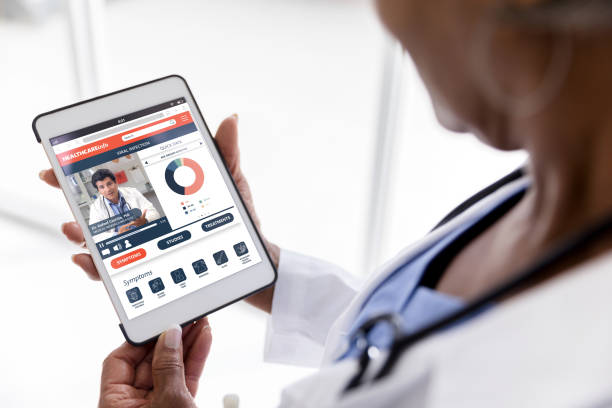
The Internet of Medical Things (IoMT) is playing an increasingly significant role in expanding the capabilities of telemedicine. Wearable devices, connected medical devices, and remote monitoring sensors continuously collect patient health data, which can be seamlessly transmitted to telemedicine platforms. This real-time data stream allows healthcare providers to monitor patients’ conditions remotely, track the effectiveness of treatments, and intervene proactively when necessary. The integration of IoMT in telemedicine enables more comprehensive and continuous virtual care.
The Expansion of Mobile Health (mHealth) Applications
Mobile health (mHealth) applications are empowering patients to take a more active role in managing their health. These apps, often integrated with telemedicine platforms, offer features such as medication reminders, health tracking, educational resources, and direct communication with healthcare providers. The trend in mHealth is towards more user-friendly interfaces, personalized content, and seamless integration with wearable devices and other health data sources. mHealth is making healthcare more accessible and convenient, particularly for individuals in remote areas or those with mobility limitations.
The Growing Importance of Cloud-Based Solutions
Cloud-based solutions are becoming increasingly essential for telemedicine platforms due to their scalability, flexibility, and cost-effectiveness. Cloud infrastructure allows telemedicine providers to securely store and manage large volumes of patient data, easily scale their services to meet growing demand, and access their platforms from anywhere with an internet connection. This trend is crucial for the widespread adoption and sustainability of telemedicine services.
The Development of Remote Patient Monitoring (RPM) Technologies
Remote Patient Monitoring (RPM) technologies are a cornerstone of modern telemedicine. These technologies enable healthcare providers to monitor patients’ vital signs, symptoms, and overall health status remotely, often using wearable sensors and connected devices. Trends in RPM include more sophisticated sensors that can track a wider range of physiological parameters, AI-powered analytics that can identify subtle changes indicative of health deterioration, and user-friendly interfaces that make it easy for patients to participate in remote monitoring programs. RPM is particularly valuable for managing chronic conditions, monitoring post-operative recovery, and providing care for elderly or homebound patients.
The Rise of Virtual and Augmented Reality (VR/AR) in Telemedicine
Virtual and augmented reality (VR/AR) technologies are emerging as exciting new frontiers in telemedicine. VR/AR in telemedicine can be used for a variety of applications, including immersive patient education, virtual consultations with specialists, remote surgical assistance, and even mental health therapy. VR can create realistic simulations for training healthcare professionals, while AR can overlay digital information onto the real world to assist with remote diagnoses and procedures. These technologies have the potential to enhance engagement, improve understanding, and expand the scope of virtual care.
Focus on Cybersecurity and Data Privacy
As telemedicine relies heavily on digital technologies and the transmission of sensitive patient data, cybersecurity and data privacy have become paramount concerns. Telemedicine technology trends include a strong emphasis on implementing robust security measures, such as end-to-end encryption, multi-factor authentication, and compliance with data privacy regulations like HIPAA and GDPR. Ensuring the confidentiality, integrity, and availability of patient data is crucial for maintaining trust and fostering the continued adoption of telemedicine.
Benefits of Embracing Telemedicine Technology Trends

Greater Convenience: Virtual care offers unparalleled convenience, eliminating the need for patients to take time off work or arrange childcare for in-person appointments. Consultations can be conducted from the comfort and privacy of their own homes, at a time that is convenient for them. This flexibility can significantly improve patient satisfaction and make healthcare more manageable, especially for individuals with busy schedules or those managing chronic conditions that require frequent check-ins.
Reduced Travel Time and Costs: The financial and time costs associated with traveling to and from medical appointments can be substantial, including expenses for transportation, parking, and sometimes even accommodation. Telemedicine eliminates these burdens entirely, saving patients valuable time and money. This is particularly beneficial for patients who require frequent medical attention or who live far from their healthcare providers.
Improved Management of Chronic Conditions: Telemedicine, particularly through remote patient monitoring (RPM) technologies, empowers patients with chronic conditions to actively manage their health. Continuous monitoring of vital signs, medication adherence tracking, and regular virtual check-ins with healthcare providers allow for proactive intervention and personalized adjustments to treatment plans. This close monitoring can lead to better control of chronic illnesses like diabetes, hypertension, heart disease, and mental health disorders, reducing the risk of complications and improving overall quality of life.
Enhanced Engagement in Their Own Health: Access to real-time health data through wearable devices and telemedicine platforms fosters greater awareness and engagement in their own health. Patients can track their progress, monitor the impact of lifestyle changes, and communicate more effectively with their healthcare providers about their concerns and needs. This increased involvement can lead to better adherence to treatment recommendations and a more proactive approach to maintaining their well-being.
Challenges and Considerations for Telemedicine Technology Adoption

While the potential of telemedicine technology trends is significant, there are also challenges and considerations that need to be addressed for successful adoption:
Regulatory and Reimbursement Issues
Navigating the complex and often evolving regulatory landscape surrounding telemedicine and ensuring adequate reimbursement for virtual care services remain key challenges.
Digital Divide and Accessibility
Ensuring equitable access to telemedicine technologies for all individuals, regardless of their socioeconomic status, geographic location, or technical literacy, is crucial to avoid exacerbating existing health disparities.
Interoperability and Integration
Seamless integration of telemedicine platforms with existing electronic health record (EHR) systems and other healthcare IT infrastructure is essential for efficient workflows and comprehensive patient data management.
Patient and Provider Acceptance and Training
Gaining widespread acceptance and ensuring adequate training for both patients and healthcare providers on how to effectively use telemedicine technologies are critical for successful adoption.
Real-World Applications and Future Outlook of Telemedicine Technology (Expanded Section)
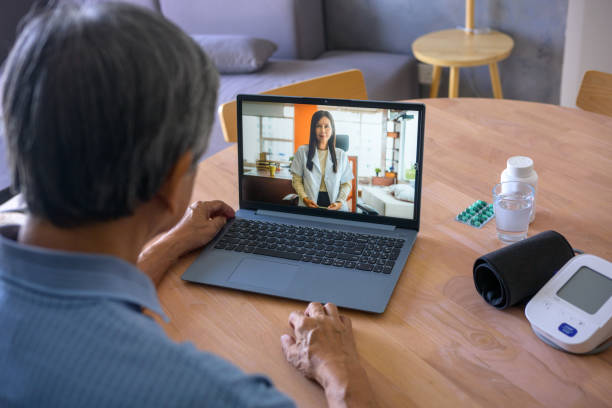
Telemedicine technology trends are rapidly moving from theoretical possibilities to tangible realities within various healthcare settings, demonstrating their practical value and transformative potential in delivering care.
Current Applications of Telemedicine Technology
The applications of telemedicine technology are diverse and continue to expand across various medical specialties.
Virtual Consultations: Virtual consultations have become a cornerstone of telemedicine, enabling patients to connect with primary care physicians and specialists from the convenience of their homes. This includes routine check-ups, follow-up appointments, management of acute illnesses, and even initial consultations for various medical concerns. Platforms often incorporate high-definition video, secure messaging, and the ability to share documents and images, creating a near in-person experience. For instance, patients in rural areas can access specialists located hundreds of miles away, eliminating the need for extensive travel and reducing associated costs and time burdens.
Remote Monitoring Programs: Remote monitoring programs are particularly impactful in managing chronic conditions like diabetes, hypertension, and heart failure. Patients utilize wearable devices such as continuous glucose monitors, blood pressure cuffs, and smartwatches that transmit vital data to healthcare providers in real-time. This allows for continuous tracking of health metrics, early detection of potential complications, and timely interventions, such as adjusting medication dosages or scheduling follow-up appointments. These programs have shown significant success in improving patient outcomes and reducing hospitalizations.
Telepsychiatry Services: Telepsychiatry has emerged as a crucial tool for expanding access to mental health support. Individuals in remote areas or those facing stigma associated with in-person mental health visits can connect with psychiatrists, psychologists, and therapists through secure video conferencing platforms. This has proven particularly beneficial in addressing the growing need for mental health services and improving access for underserved populations.
Telerehabilitation Programs: Telerehabilitation utilizes video conferencing and remote monitoring tools to deliver physical and occupational therapy services to patients in their homes. This allows individuals recovering from injuries or surgeries to continue their rehabilitation programs without the need for frequent visits to a clinic. Therapists can guide patients through exercises, monitor their progress remotely, and adjust treatment plans as needed, offering a convenient and effective alternative to traditional in-person therapy.
Beyond these core applications, telemedicine is also being utilized in areas such as teledermatology (remote diagnosis and management of skin conditions), teleradiology (remote interpretation of medical images), and telepharmacy (remote dispensing and counseling of medications).
Future Outlook and Emerging Trends
The future of telemedicine technology is poised for even more significant advancements and wider adoption, driven by several key emerging trends.
Enhanced Integration of AI and ML: Artificial intelligence and machine learning will play an increasingly sophisticated role in telemedicine. AI-powered tools will assist with more accurate diagnoses by analyzing patient data from various sources, including remote monitoring devices and electronic health records. Predictive analytics will enable healthcare providers to identify patients at high risk of developing certain conditions or experiencing adverse events, allowing for proactive interventions. 1 AI-driven virtual assistants will become more intelligent and capable of handling a wider range of patient inquiries and administrative tasks, freeing up healthcare professionals to focus on more complex cases
Telemedicine Technology Trends – Shaping the Future of Healthcare

In conclusion, the current telemedicine technology trends are revolutionizing the healthcare landscape, offering innovative solutions to improve access, efficiency, and patient outcomes. From the integration of AI and the proliferation of IoMT devices to the expansion of mHealth applications and the immersive experiences offered by VR/AR, these technological advancements are transforming the way healthcare is delivered and experienced. While challenges remain in areas such as regulation, accessibility, and interoperability, the undeniable benefits and the continued pace of innovation suggest that telemedicine technology will play an increasingly vital role in shaping the future of healthcare, paving the way for a more connected, personalized, and ultimately healthier world.


